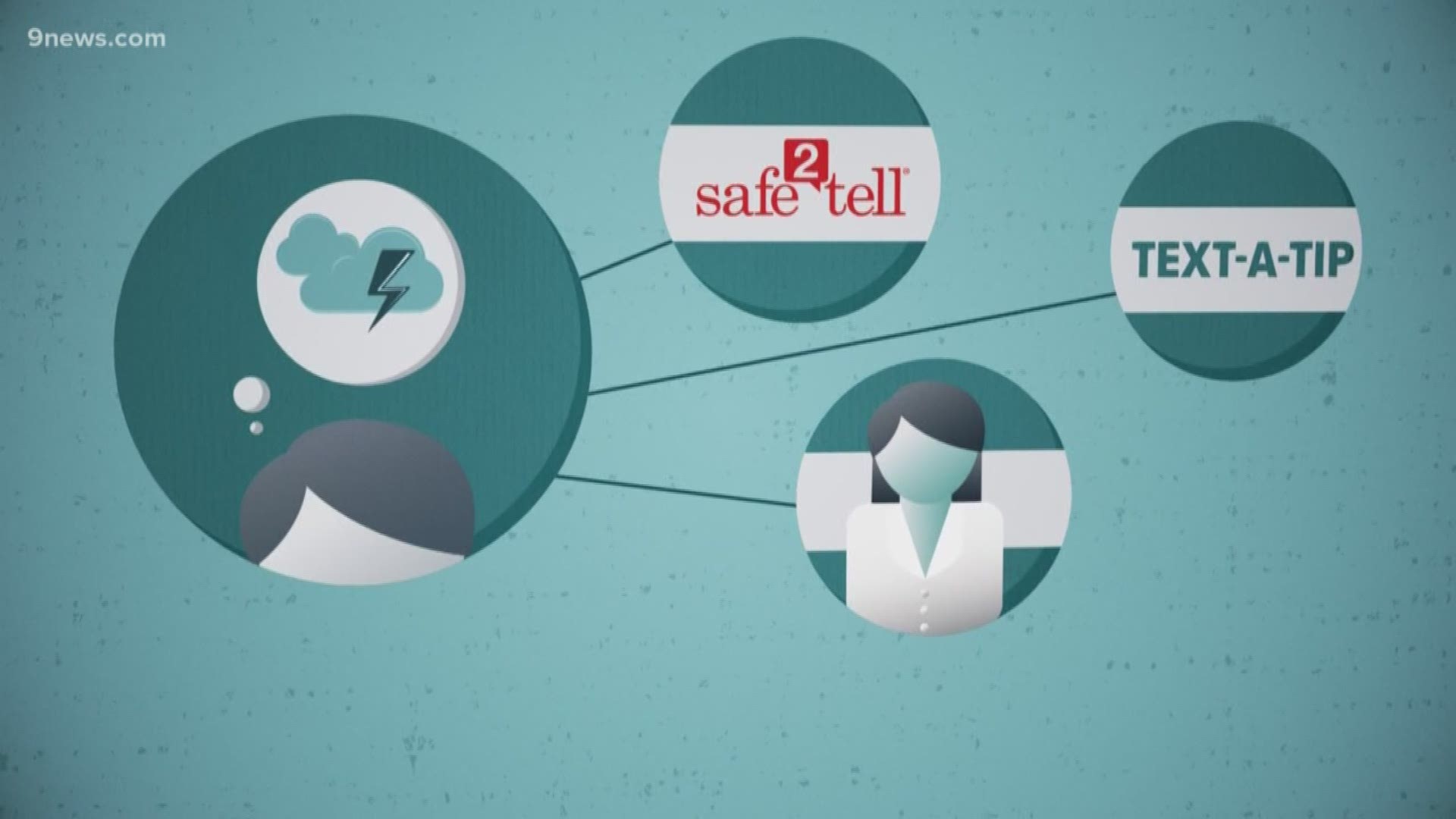DOUGLAS COUNTY, Colo. — After the shooting at STEM School Highlands Ranch, Douglas County decided to invest $13 million into new safety and mental health measures throughout the school district.
About $330,000 of that will go toward a new Youth Community Response team (Youth CRT). There’s nothing like this in the country, so how will it work?
The concept itself is not new for the Douglas County
For the past two years, there have been three CRTs assigned to DougCo. Each team is made up of a law enforcement officer and a mental health clinician. They are deployed anywhere in the county to help when someone is in distress.
For example, if your spouse is having a mental health crisis, you call 911, an officer responds, and maybe decides this would best be handled by experts with the CRT Team. They show up to your house, help defuse the situation if necessary, then the mental health clinician evaluates your spouse and figures out what help he or she may need. The team would transport them to a mental health hospital if that’s what’s best.
Data shows that when the community response teams were just focusing on the general community and not going into schools, almost 40 percent of their calls were children under the age of 19.
The county told 9NEWS they knew they’d eventually need to go into schools, but the shooting at STEM pushed both the county and the district forward.
How will it work in schools?
One of the CRT Teams already in place in Douglas County will now focus specifically on schools.
We talked with mental health clinician Ellen Pronio who is assigned to the new Youth CRT.
“I provide the same evaluation that they would get in a hospital or at a mental health facility, but I provide that in the school to determine if they even need to leave.”
Here’s the process
Say someone is worried about a kid acting erratic, suicidal, or maybe they wrote something that sounds concerning online.
Those worries are relayed to a counselor through Safe2Tell, text-a-tip or a school staff member. The counselor or another school mental health professional assesses the situation, and if they feel like the child is in a crisis that warrants further intervention, they can call the Youth CRT team. School Resource Officers can do the same thing. Pronio and the CRT Sheriff’s Deputy show up to the school.
Pronio gets on the same level as the child, and talks to them in a way to make them feel safe and comfortable. Depending on the situation, she and her partner will take the student to a mental health facility.
No matter what, the student will be offered a case manager to make sure they get the help they may need down the line.
“We deal with kids every single day,” Pronio said. “The difference now is that [my team] will only be going to them in schools. We’ve been dealing with youth for two years now, and every kid is different. They’re going to react differently to different questions. It depends on what is going on with them in that moment. Even every suicidal subject every welfare check isn’t the same.”
Right now, any student under the age of 15 will need to get consent from a parent to get help from the Youth Community Response Team. That age of consent is changing in January to 13 years old.
Their target start day is early October.
SUGGESTED VIDEOS | Local stories from 9NEWS

